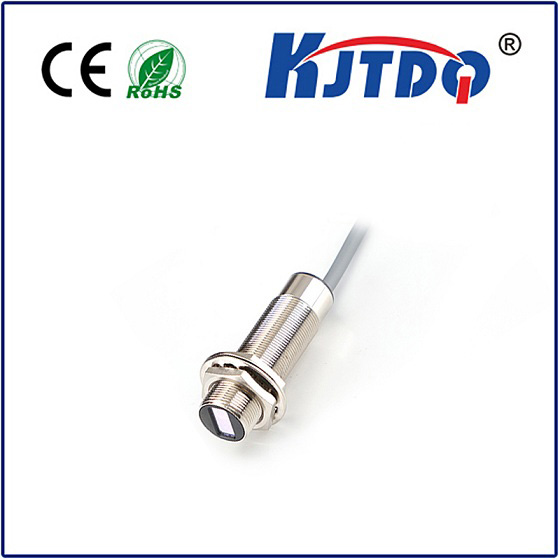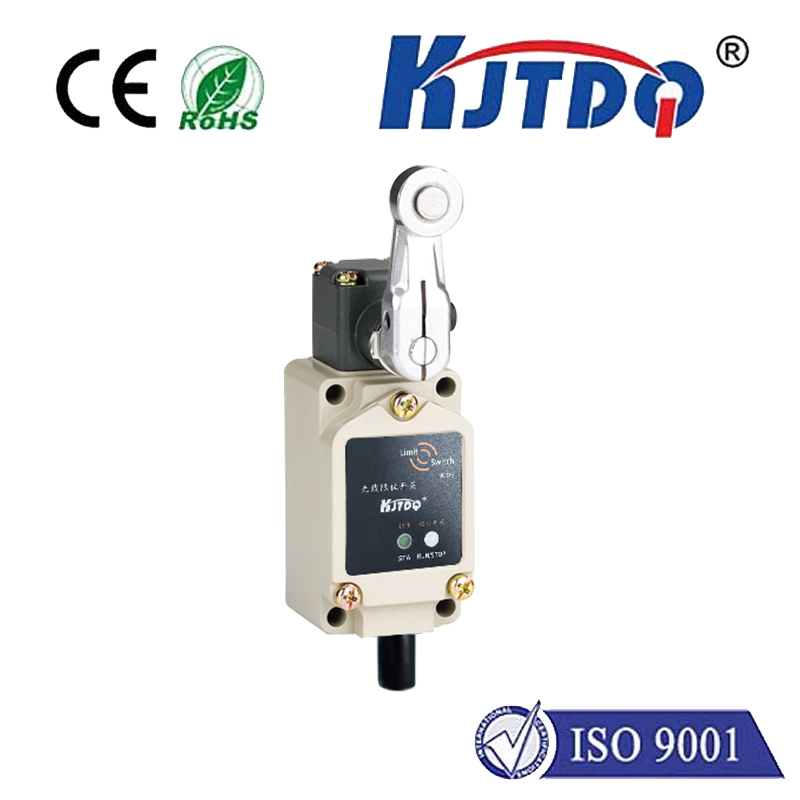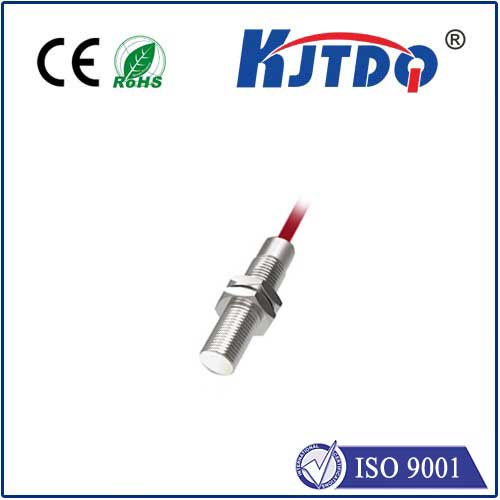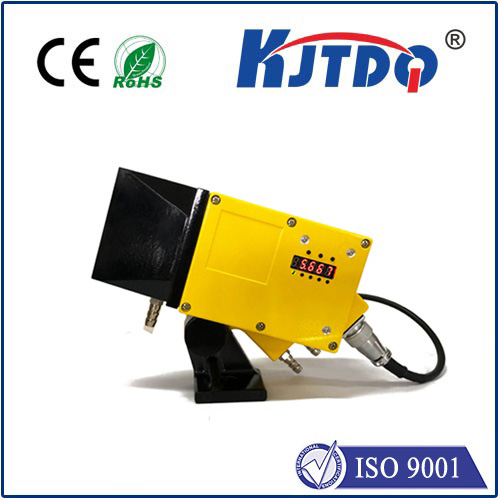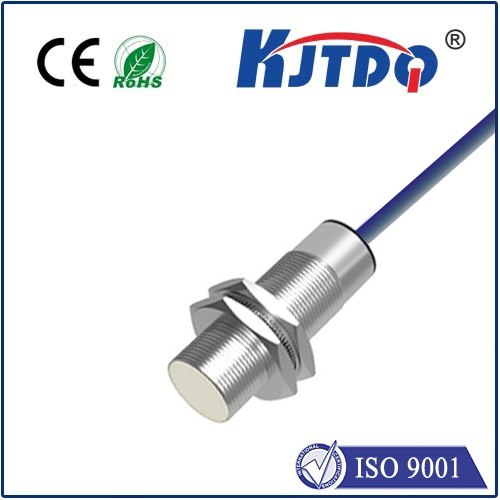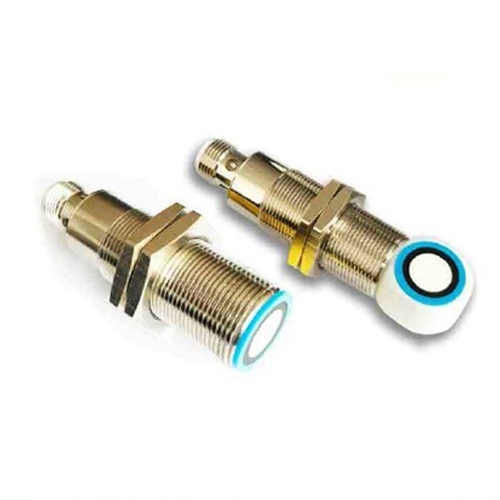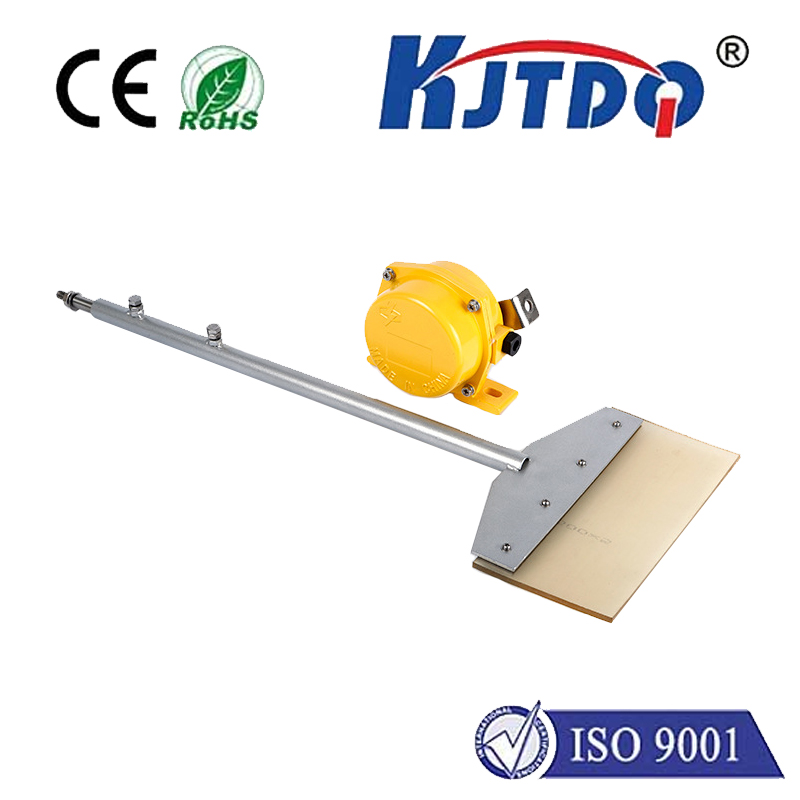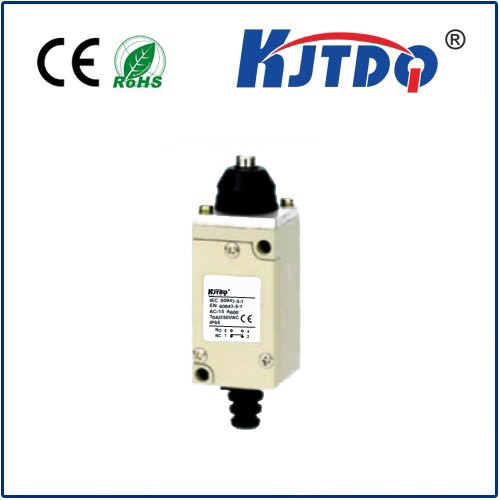Osram LiDAR: Powering the Future of Autonomous Sensing with Photonic Innovation The race to perfect autonomous systems—from self-driving cars to smart robots—has thrust LiDAR (Light Detection and Ranging) into the spotlight. At the heart of this revolution lies a critical question: How can LiDAR technology become more precise, affordable, and scalable? Enter Osram, a global leader in photonics, whose cutting-edge innovations are redefining what LiDAR systems can achieve. By blending decades of optoelectronic expertise with forward-thinking engineering, Osram is not just keeping pace with the LiDAR evolution—it’s driving it.
LiDAR’s ability to create high-resolution 3D maps in real time makes it indispensable for autonomous navigation. However, traditional LiDAR systems often struggle with challenges like cost, size, and performance under diverse environmental conditions. Osram’s LiDAR solutions tackle these hurdles head-on by leveraging advanced semiconductor technologies, such as VCSELs (Vertical-Cavity Surface-Emitting Lasers) and SPL (Surface-Emitting Laser) modules. Unlike conventional edge-emitting lasers, Osram’s VCSELs emit light vertically, enabling compact designs and higher reliability. These lasers operate at wavelengths like 905 nm and 1550 nm, balancing eye safety regulations with long-range detection capabilities. For instance, Osram’s SPL TL90AT03 pulsed laser diode delivers peak powers exceeding 75 W, making it ideal for automotive LiDAR systems that require detection ranges of over 200 meters.
Autonomous Vehicles Automakers demand LiDAR systems that perform flawlessly in rain, fog, or glaring sunlight. Osram’s components excel here, offering high signal-to-noise ratios and resistance to ambient interference. Partnerships with Tier 1 suppliers have already integrated Osram’s lasers into next-gen ADAS (Advanced Driver-Assistance Systems), enhancing object recognition and collision avoidance.
Промышленная автоматизация In warehouses and factories, mobile robots rely on LiDAR for navigation and obstacle detection. Osram’s SPL DP1_DS1 modules provide pulsed infrared light with nanosecond precision, enabling robots to “see” with millimeter accuracy—even in low-light environments. This precision reduces operational downtime and boosts efficiency.

Потребительская электроника From drones to smart home devices, compact LiDAR is gaining traction. Osram’s micro-optic solutions miniaturize LiDAR components without sacrificing performance. For example, its multi-channel VCSEL arrays enable slim-profile depth sensors in smartphones, revolutionizing facial recognition and augmented reality.
Three factors set Osram apart in the crowded LiDAR market:
Scalability: Mass production of VCSELs and photodiodes ensures cost-effectiveness, critical for automotive adoption.
Adaptability: Customizable wavelengths and beam patterns allow tailoring LiDAR systems to specific use cases.
Надежность: Rigorous testing under extreme temperatures (-40°C to 125°C) guarantees durability for automotive and industrial applications. A recent collaboration with a leading autonomous vehicle startup highlights this advantage. By integrating Osram’s 1550 nm lasers, the startup achieved a 30% improvement in detection range while complying with stringent eye safety standards.
As LiDAR evolves, Osram is focusing on two transformative trends:
Solid-State LiDAR: Transitioning from mechanical to solid-state systems reduces moving parts, enhancing longevity. Osram’s VCSEL-based flash LiDAR eliminates rotating mirrors, enabling faster scans and lower maintenance.
SWIR (Short-Wave Infrared) Technology: Operating at 1550 nm, SWIR LiDAR penetrates fog and rain more effectively. Osram’s investments in InGaAs (Indium Gallium Arsenide) detectors promise higher sensitivity in adverse weather. Moreover, the rise of AI-driven sensor fusion—combining LiDAR with cameras and radar—creates opportunities for Osram to supply hybrid optoelectronic modules. These systems could process data faster, making autonomous decisions safer and more accurate.
From enabling safer self-driving cars to empowering smarter factories, Osram LiDAR exemplifies how photonic innovation can transform industries. With a relentless focus on performance, scalability, and adaptability, Osram isn’t just participating in the LiDAR revolution—it’s lighting the way.
